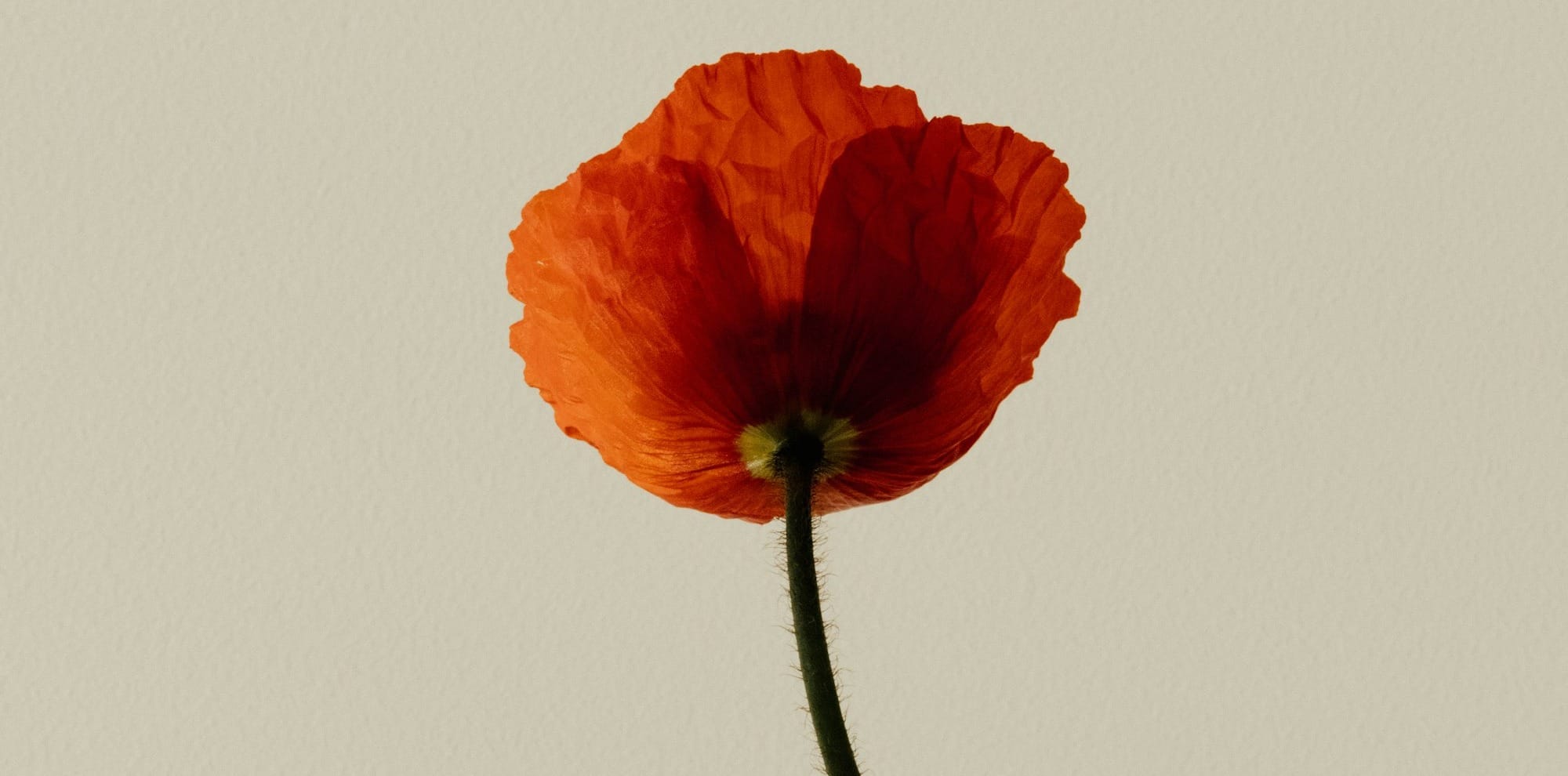Small Stands, Big Questions
I've stopped waiting for permission to teach differently. Working in the cracks means finding small spaces within institutional constraints where different relationships to learning become possible.

What it means to work in the cracks of institutional constraint
I've stopped waiting for permission to teach differently. Working in the cracks means finding small spaces within institutional constraints where different relationships to learning become possible. Not grand gestures of resistance, but daily choices that create room for questions the curriculum doesn't anticipate.
Sometimes this looks like pausing when a student asks an unexpected question, rather than redirecting back to learning objectives. Sometimes it means designing assessments that ask students to sit with their values alongside analytical thinking. Or using required content as a starting point for bigger questions about whose knowledge counts, whose futures we're planning for.
The Weight of Small Moments
These moments feel minor when they happen. A different question asked. A longer pause held. A decision not to rush past discomfort toward resolution. But they accumulate. Students begin to expect that their thinking matters, that complexity is welcome, that there might be alternatives to what seems inevitable.
I've learned to ask different questions: instead of "analyse this case study," I ask "Who benefits from this decision? Whose voice is included? Why?" A session on diversity and inclusion becomes a conversation about "What would it actually feel like to work here?"
This isn't planned curriculum. It's what happens when you create conditions where students' worlds can enter the classroom, where learning becomes a form of world-making rather than world-taking.
What Happens Next
Once students start asking their own questions, something shifts in the room. They stop waiting for me to tell them what to think and start wrestling with complexity themselves. "Would I want to work in a place like this?" "Where's my red line - what will I accept and why?" "Why can I refuse something that someone else has to put up with?"
These aren't comfortable questions. They can't be resolved with frameworks or best practices. They require holding complexity without rushing to solutions that make the discomfort disappear. I've learned to treat these moments as data rather than problems. They signal that something important is happening. Students are moving from just accepting what they're told toward questioning the systems they're being prepared to enter. They're developing the ability to ask not just "does this work?" but "is this fair?"
The Institutional Reality
Of course, working in cracks doesn't mean abandoning institutional requirements. Learning outcomes still need meeting, assessment criteria still require justification, quality assurance processes still demand navigation. The challenge is finding ways to meet these requirements while creating space for transformation rather than just transmission. The key is finding the spaces between compliance and resistance where something generative can emerge. Not revolution, but interruption that creates room for different relationships to knowledge, power, and each other.
I use the power I have to design curriculum differently. Where I control reading lists, I include voices that are usually missing. Where I set assessment briefs, I try unessays that let students choose their own format. Where I can involve students in co-creating content, I ask them what they actually want to learn about work and organisations. Even within tight constraints, there are spaces to subvert. I turn case studies into collaborative problem-solving. Replace individual presentations with collective storytelling. Design group work that rewards care and listening, not just efficiency. Ask students to evaluate their own learning rather than ranking them against each other.
The Energy of Hope
This work requires particular forms of energy. Not the efficiency-driven optimisation that academic culture demands, but what I think of as committed hope—the determination to teach as if the futures I imagine with students are possible, even when I can't yet see how they might emerge.
Some days this feels impossible. When institutional pressures mount, when student resistance surfaces, when the gap between what I imagine and what I can enact feels overwhelming. But there's something sustaining about these moments of possibility when students begin to see themselves as participants in creating the professional worlds they want to inhabit.
The Questions That Sustain
Working in cracks means living with ongoing questions rather than answers. How do I prepare students for workplaces that don't yet exist? What does it mean to centre care and justice in business education? How do I sustain hope while staying honest about constraint? These questions don't get resolved. I carry them into each classroom, each conversation, each decision about how to spend the time we have together. They shape how I design learning, how I respond to resistance, how I use whatever institutional credibility I have.
The questions keep the work alive, keep it connected to what matters most: the possibility that education might be a practice of freedom rather than just preparation for employment. That these small interruptions might accumulate into something larger. That in the cracks of what is, something else might take root. Because every classroom contains the possibility of those small openings where different worlds might begin.
Each week, Teaching Otherwise shares both reflections on this work and practical teaching materials you can try in your own classroom. Find templates, exercises, and adaptations at teaching materials.
I'll be exploring these ideas further at the RMLE Unconference in Venice this January. Would love to continue this conversation there.
